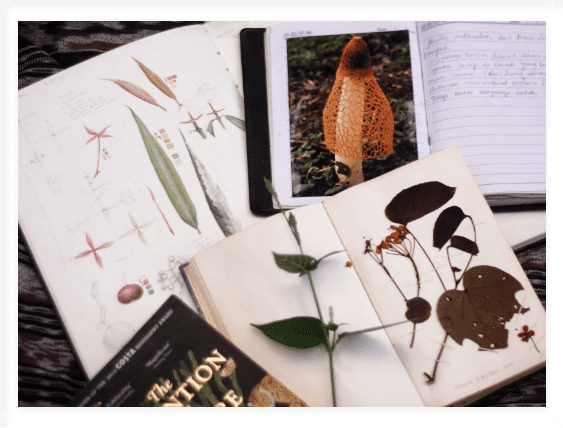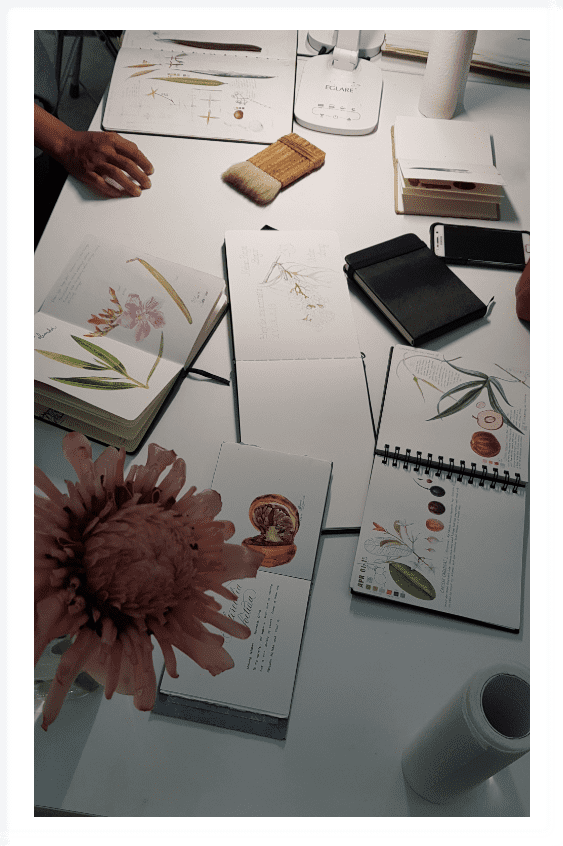About Botanical Arts

Botanical art is a genre that combines botanical studies and fine arts. More than just a flower painting, botanical painting may depict various parts of a plant, from leaves, seeds, fruit, flowers, the overall stature of the plant to other anatomical details. Every part must be accurate in terms of botanical science, and at the same time, have an aesthetic value that can thrill the hearts of both the artist and the viewer (Jenny Kartawinata – IDSBA founder).
Furthermore, we need to be aware of the difference between botanical illustration, botanical art and flower painting. The Botanical Art and Artists website explain that.
Botanical Illustration
Botanical illustration attaches great importance to the scientific record, completeness and accuracy of visual information to help botanists identify plants. Conventional botanical illustrations are made from living plants or herbarium specimens for botanical writings such as articles or scientific explanation. Typically, the botanical illustration depicts all aspects of a plant, including its life cycle, to aid accurate identification of plants. Often botanical illustrations also include images of parts of the plant that have been split open to help species identification. Over 90% of botanical illustrations use monochrome colour (drawn with pen and ink or digitally) to allow printing without colour reproduction.
Botanical Art
In botanical art, the painting result is accurate from the view of botanical science, but not necessarily as complete as a botanical illustration. A botanical artwork emphasizes the aesthetic value found in a painted plant or flower without meeting ALL of the requirements a botanist needs. Botanical paintings are primarily in colour against a plain background and may also display information about plants that live in their natural habitat. Botanical art can be part of a project and contribute to records about plants in a location or a garden.
Flower Painting
In flower painting, the emphasis is on the aesthetics to be pleasing to the eye and does not accurately represent the various parts of the flower. Most of the painted flowers are in vases and displayed in still life works, gardens, or pedestrian areas. The painting style may be more impressionistic, where the colour or size or proportion may not be complete.

